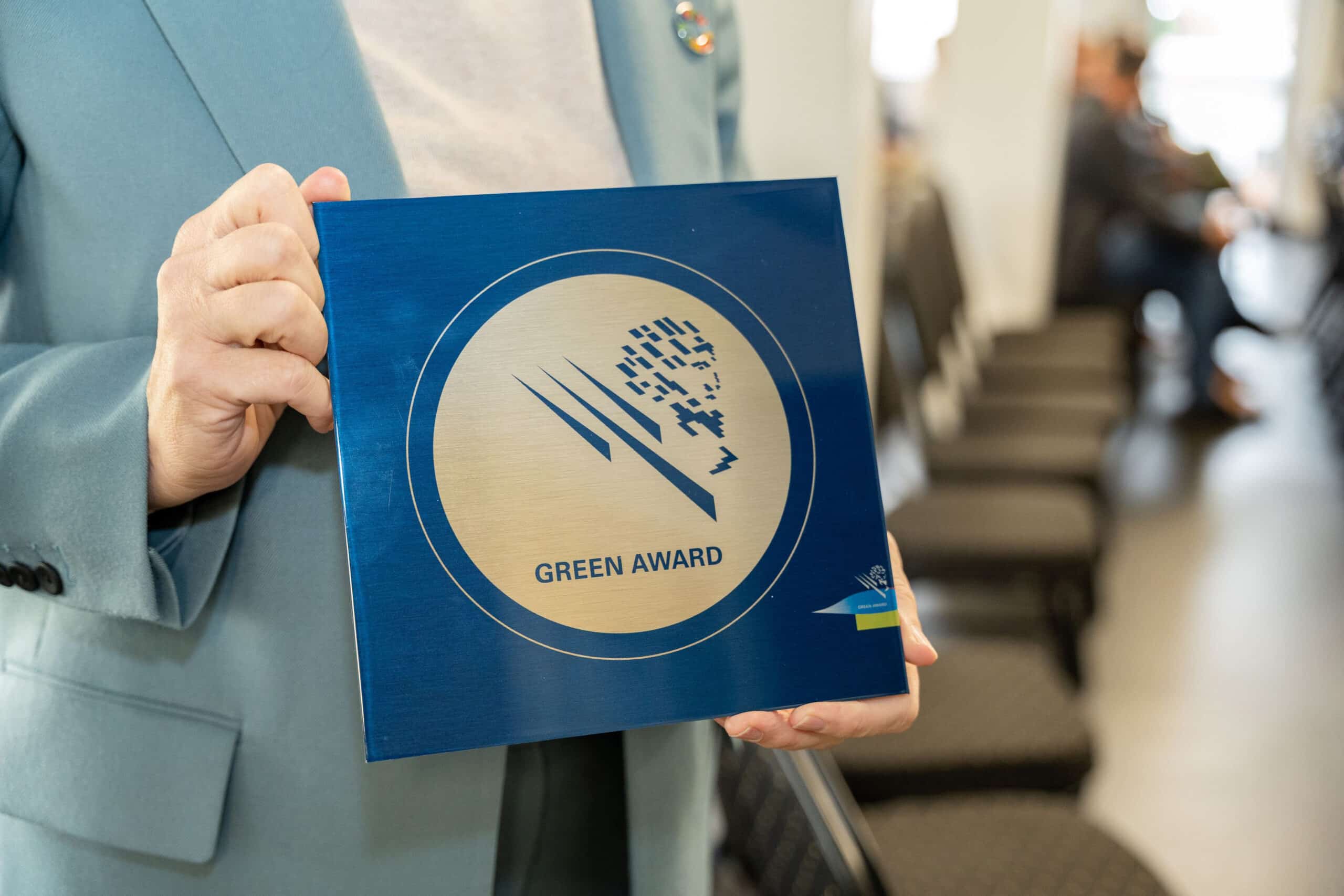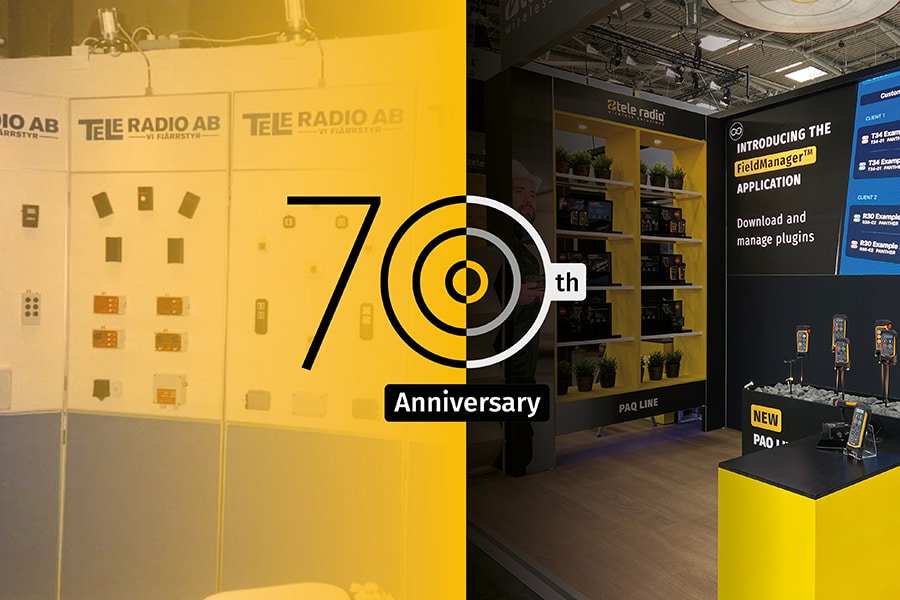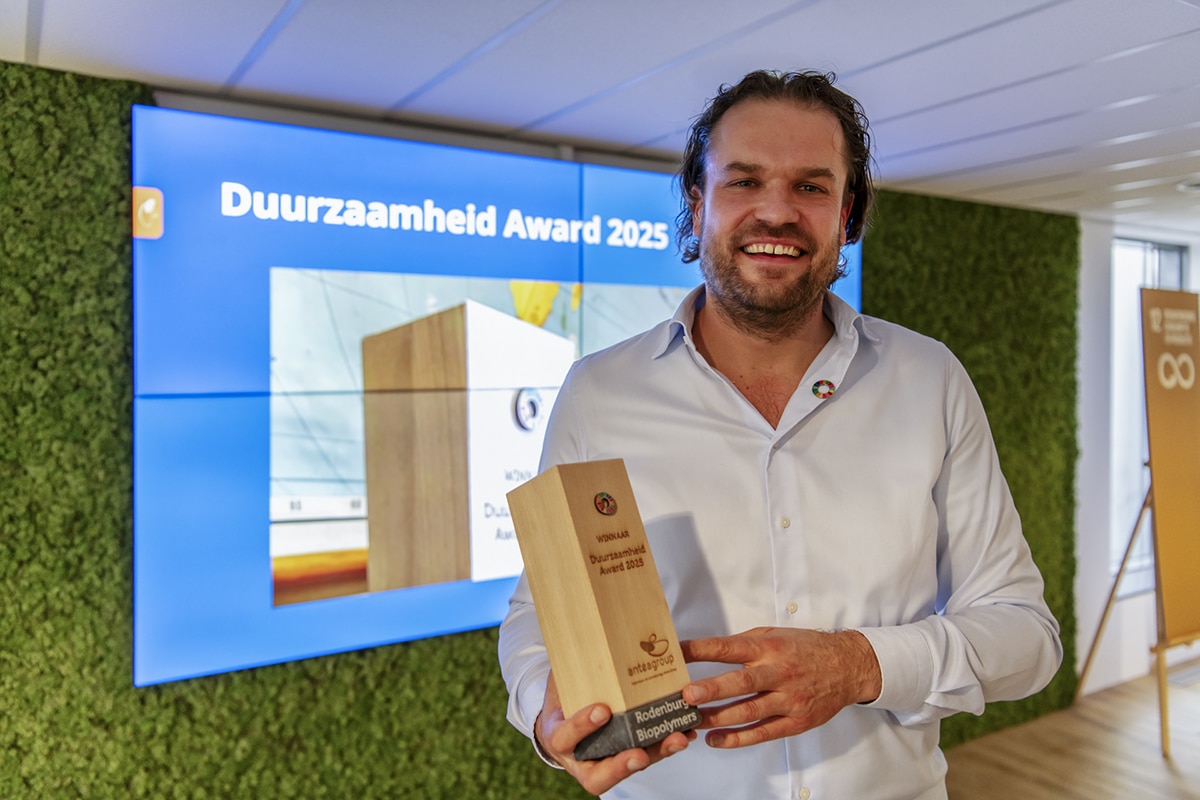
Erik Scholten on the Dutch CAD Standard: "With the NLCS, you know exactly where you stand."
Uniformity and therefore portability. According to Erik Scholten, these are the major advantages of the NLCS. The designer at Van Gelder therefore sees the Dutch CAD Standard as an opportunity to further strengthen the GWW industry. "With an NLCS drawing, everyone understands each other: you know exactly what you're getting."
In addition to being a designer, Scholten is a work planner and makes 3D crane models for his colleagues in the field. He likes the fact that the projects he designs add value to so many others. "Constructing a traffic circle, renovating sewers, preparing a residential area for construction ... it's all very rewarding work. It's great fun driving along a new road and realizing: we did a great job. The fact that I am involved in various disciplines is also useful. Even though I spend a lot of time at the drawing board, I know what challenges exist in execution. That makes us in a project team act as a close-knit club from the beginning."

NLCS as commonplace
When Scholten joined Van Gelder in 2018, the NLCS was already commonplace among designers. "Yet many external clients were still working with their own drawing standards. And so they also regularly required us to conform to that standard. It could still be difficult to fathom such a drawing, especially if the layer structure was unclear or the draughtsman worked with abbreviations unknown to us. In such cases, it took quite some time to put the puzzle together. The NLCS has now removed that problem."
Especially when governments adopted the NLCS as a mandatory standard, for example in procurement processes, Scholten says there was an advance of NLCS adopters. "Whether half of the market parties switched? I think a lot more. Judging from the drawing work we receive from third parties, I estimate that at least eighty percent now use the NLCS. And in a few years, that percentage is guaranteed to increase even further. Who doesn't want to work in a clear, uniform structure? Where there is clarity about layer names, line types and symbols? With the NLCS you know exactly where you stand. From the first Program of Requirements to the final delivery, you have one, uniform and constant standard."
The right software
To work in accordance with the NLCS, Scholten and his colleagues use InfraCAD (often applied via AutoCAD or Civil 3D). The most recent version even: version 7.0, which contains several new functionalities. "InfraCAD is ideal for us to work accurately and quickly in accordance with the NLCS. The software has an extensive palette of possibilities, plus plenty of room for your own additions. For example, no matter how extensive the standard library is, you can always add symbols yourself, in full compliance with the NLCS guidelines, of course. Another advantage is that the InfraCAD developer keeps the software up-to-date, adapts it to new developments and works together with the end user. For example, I myself played a modest role in the development of InfraCAD 7.0. Take something as simple as a button to rotate a symbol: a simple action, but one that I perform very often. That function was not there, but it is there now. I also really like the option for processing revisions. We have created measurement code lists for our surveyors, linked to the NLCS. Based on these, they create a point file with their measurement data, which we load directly into InfraCAD CE. That reduces the drawing work by almost three quarters! So it saves a super lot of time and because there is less manual work involved, the risk of errors also decreases."

Determining quantities
Scholten also sees importing KLIC reports, loading cadastral maps and checking heights (with InfraCAD Map) as noteworthy advantages. "Or take determining quantities, via the NLCS object viewer. Filter on the layer 'sewer', for example, and you only see all the corresponding quantities, ready to export as an Excel file to work preparation. Just thinking about InfraCAD. We say to all beginning draftsmen: take the time to study it properly. The hours you put into it are an investment at first, but soon yield you pure time savings."
Improve industry
Scholten expects much from the NLCS in the future, although he does not know exactly in what form the advance will continue. "It's hard to say whether the NLCS will be the standard it's all about in X years. But if you see what progress is already being made in translating it to housing construction, then there are, through the NLCS, great opportunities to connect the various construction industries."
Parties hesitating to embrace the NLCS, Scholten advises, should enter into discussions with fellow professionals. "Nor was the NLCS developed by one person; it was thought about collectively. Nor is it an immutable law that everyone must abide by - much more an opportunity to further improve our industry. Talk to colleagues, ask about other people's experiences. I bet you'll soon come across benefits you could never achieve without NLCS."
NLCS
The NLCS (Dutch CAD Standard) is a uniform drawing standard for civil engineering. The information in an NLCS drawing is unambiguous, complete and clearly structured. As a result, drawings can be exchanged easily, the chance of errors is smaller and the entire GWW chain can save on costs. The NLCS is a BIM level 1 standard and is managed by the BIM Loket.
About CAD Accent | Arkance Systems
CAD Accent | Arkance Systems is an Autodesk specialist with a strong focus on Construction and Infrastructure. The company helps clients implement BIM, optimize work processes and work methodologies, and standardize CAD environments. CAD Accent is part of Arkance Systems, a European organization of specialists that supports organizations with the digital transformation to BIM and Industry 4.0 with a complete portfolio of hardware, software and services.
About Van Gelder
Van Gelder (headquartered in Elburg) specializes in the realization of above-ground and underground infrastructure. Its 1,100 employees are active throughout the Netherlands and beyond. Through various specialized operating companies, Van Gelder covers the entire infra construction palette. Increasingly, these are joining forces in an integrated project organization. This is all in light of the company's mission: to realize projects through drive and dedication, based on reliability and mutual appreciation.



